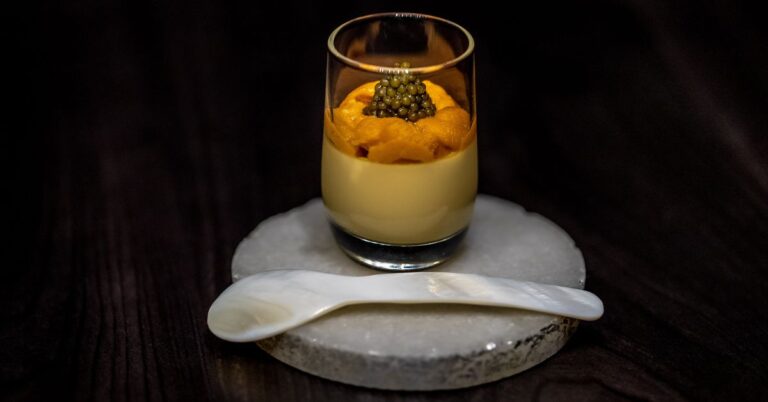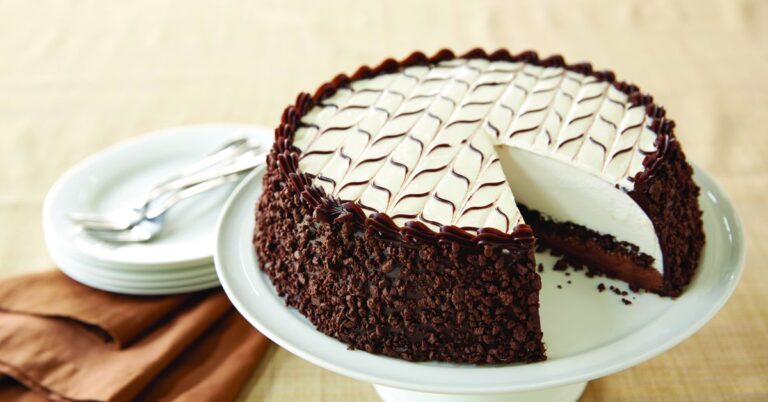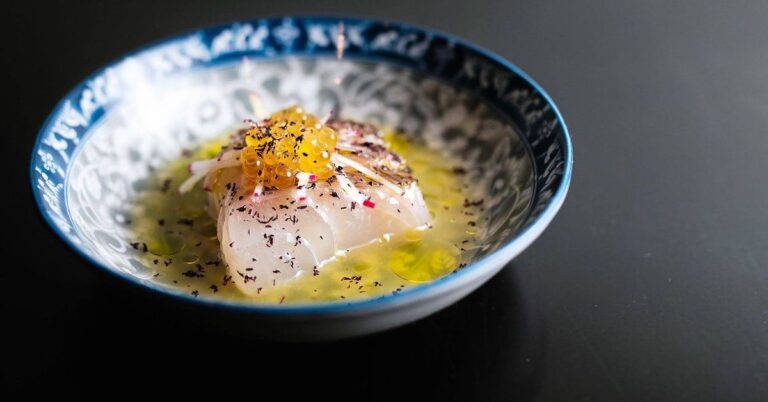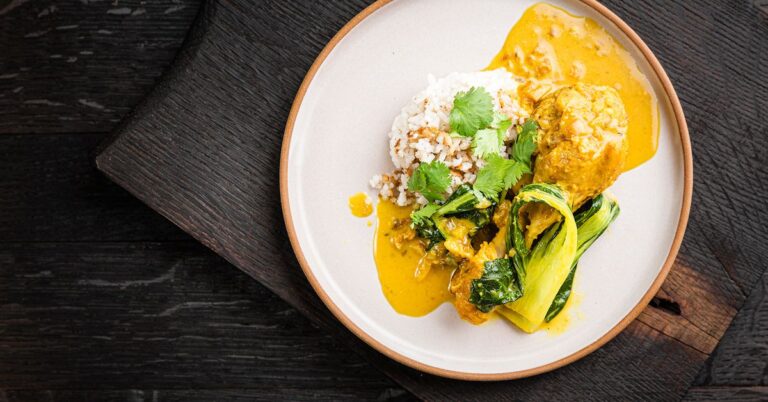7 New Vermouths from Natural Wine Producers to Try Right Now
Much of progressive wine today revolves around a sort of zero-zero ascetic purity test, a contest of sorts to see who can be the best by doing the very least. To some, it’s a new and vibrant way of drinking; for many others, the zero-zero moment feels like the very apotheosis of regrettable millennial minimalism.
It should come as no surprise, then, that within the heart of certain natural winemakers there lurks a different impulse: endeavoring to embrace maximalism by way of vermouth, a wine that is both fortified and aromatized. The vermouths of Partida Creus and Laureano Serres in Spain, as well as Dan Petroski, Steve Matthiasson and Kelley Fox out on the U.S. West Coast, to name just a few, are redefining the category and challenging its historic reliance on standardization.
“I had always wanted to make vermouth,” recalls Steve Matthiasson, of the eponymous winery he runs with his wife, Jill Klein Matthiasson. “We wanted to do it even before we started Matthiasson, back in the ’90s [when it was] a radical idea that vermouth could be a farm-to-table beverage.”
He arrived at his own moment for vermouth-making by accident. In 2011, with Matthiasson’s reputation and sales figures on the rise, Steve and Jill found themselves in a situation involving a dessert wine. “We had this wine that had fermented all the way to 16 percent [ABV],” Matthiasson recalls. “It was out of balance but it was fantastic.” A friend suggested it might make for a keen vermouth base. “Holy shit!” he remembers. “I’d wanted to do this for 15 years!”
The Matthiasson vermouth is made almost entirely from botanicals grown on the couple’s working farm in southern Napa, including oranges, sour cherries, cardoons for bittering and homegrown wormwood. The base wine is made from flora (a hybrid of gewürztraminer and semillón bred intentionally for California vineyards), aged via a solera system dating to 2016, with no SO2 added. The spirit used to fortify the vermouth is purchased from other winemakers in Napa who remove alcohol from their wines via reverse osmosis; it is a byproduct that would otherwise be discarded.
“When we do wine dinners, we serve it with the dessert course,” Matthiasson tells me. Tasted blind, I might guess it was some gnarled dessert wine, a Sauternes gone troppo, perhaps, or a beerenauslese on LSD. “It works great in cocktails as well,” he adds, “particularly [in] a Blood and Sand, thanks to the vermouth’s sour cherry and orange notes.”
Just up the road, in St. Helena, Dan Petroski of Massican has been making vintage-dated vermouths since 2015. Petroski’s bottlings are inspired by Italian vermouth drinking culture and built for the bar, Martinis in particular, including Petroski’s favorite variation on the classic, the Gin & It. “The No. 1 thing we do better than the big producers is that we use better ingredients,” says Petroski. He bases both his white and red vermouths on tocai friulano before blending with other grapes from the Massican stable. He then infuses just a few ingredients into the vermouths, including orange peel, coriander, nutmeg and quassia bark; no wormwood is used. The wines spend time in French oak barrels, with just a touch of added sugar to complete the blend. Finally, the base spirit he uses to fortify is made from unused wine that he sends to be distilled at the progressive St. George Spirits in the Bay Area. “I make a vermouth that is really vinous in color and texture,” says Petroski, “but with a classic sort of vermouth essence. I want it to be clean and bright and linear, because that’s what you want in a cocktail.”
In Oregon, a similar attempt to make “vinous” (i.e., very winelike) vermouth is also growing. Graham Markel, of Buona Notte Wines, has offered a vermouth from the very beginning of his label, which launched in 2017. His current bottling makes use of pinot noir from the Willamette Valley as its base, resulting in a dark, luscious rosso. Similarly, winemaker Kelley Fox—whose 2020 vermouth is “redemptive of the vintage,” which was plagued by wind, fires and smoke—makes her rosso entirely from Willamette Valley pinot, including the base distillate. It, too, is a lustrous rosso that plays especially well in a Negroni, but it’s also a symbol of the wider possibilities of vermouth as a node of sustainability for creative winemakers.
“Vermouth is a great opportunity to use wines that didn’t quite work out as planned,” says Markel. “You can really take something that wasn’t perfect and make it into something delicious.”
It’s useful to contrast the big business of vermouth with the comparatively tiny efforts of these winemakers. As cocktail culture took root in the late 19th century, several major brands came to dominate the market share, including Dolin, Carpano, Cinzano and Martini & Rossi. Today, these are still the world’s largest makers of vermouth—Dolin alone produces more than 4 million liters a year. These winemaker vermouths are comparatively microscopic: Markel produces just 75 cases of his Oregon vermouth a year, and Matthiasson, a mere 300 cases of half-bottles annually.
This tiny footprint leads us back to the natural wine bar, where small-production auteur winemaking reigns supreme. Minimal intervention dogma might seem to exclude vermouth—what is it, if not a manipulated wine?—but it was at a natural wine shop, Ruby Wine, on San Francisco’s Potrero Hill, to be specific, that I first discovered Laureano Serres’ red vermouth based on multiple varieties of garnatxa (old Catalan for garnacha), Verre Moose. Then-staffer Kara Fowler sums up its appeal well: “The Verre Moose doesn’t taste like ‘vermut’ that you drink on a plaza on a Sunday around noon,” she says. “It’s highly aromatic, quite heady, kind of inky as well.”
Verre Moose led me to two other Catalonian vermouths: MUZ, from natural wine darling Partida Creus—an organic vermouth built on both red and oxidized white wines, alongside an ancient herbal recipe sourced from one of the original Carpano family descendants—and Més Que Vi, from winemaker Pep Torres of Casa Pardet, which is built on cabernet sauvignon and trepat alongside more than 80 herbs and botanicals. Like the Verre Moose, both are idiosyncratic in a way that begs to be sipped solo from a wine glass—neat. After all, part of the allure of these bottlings is that they remind the drinker that vermouth is indeed wine.






